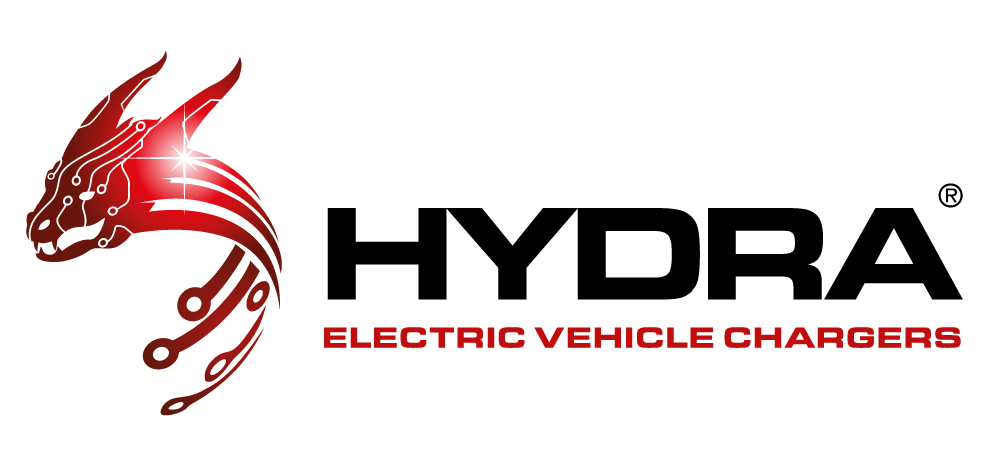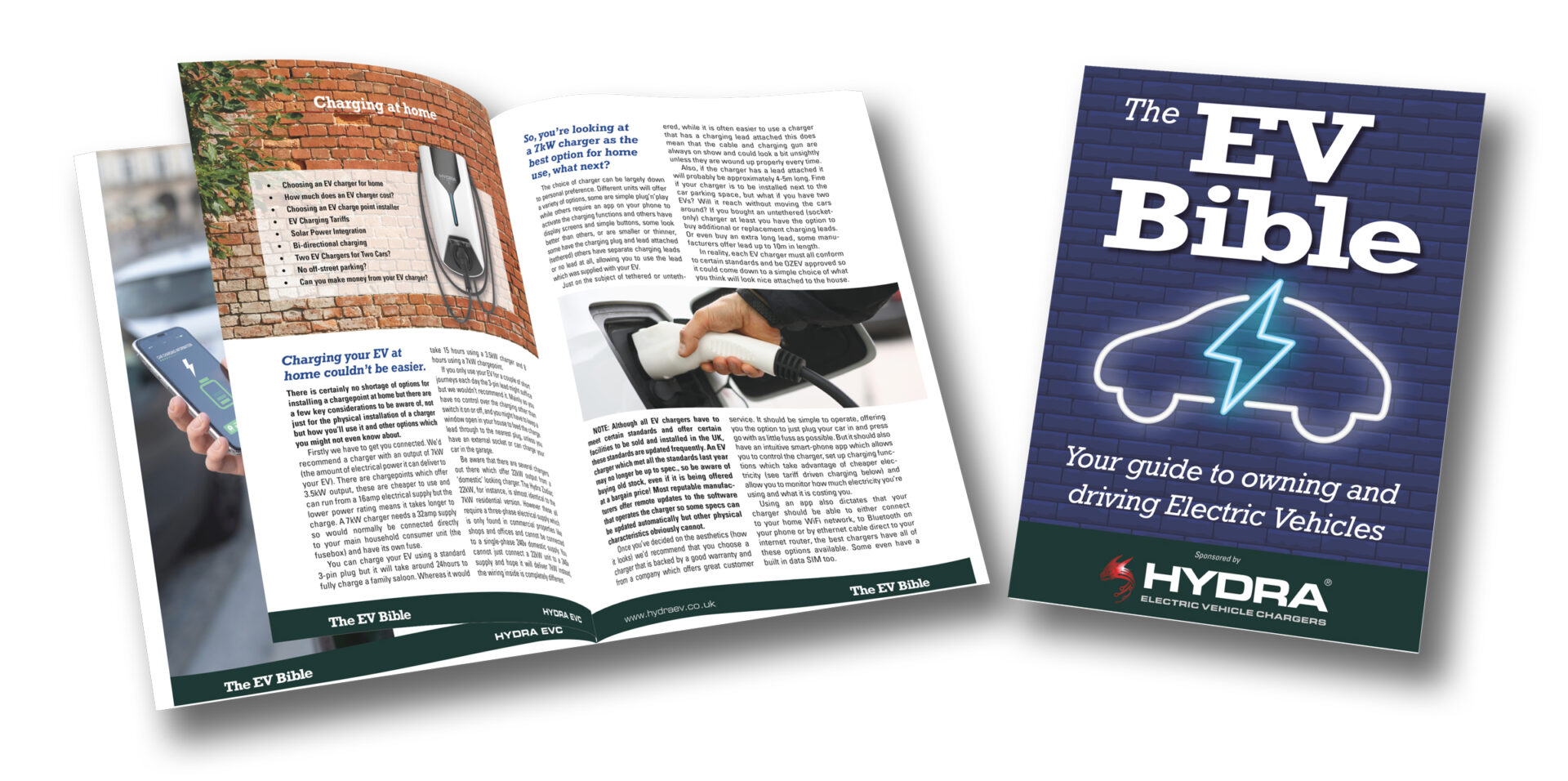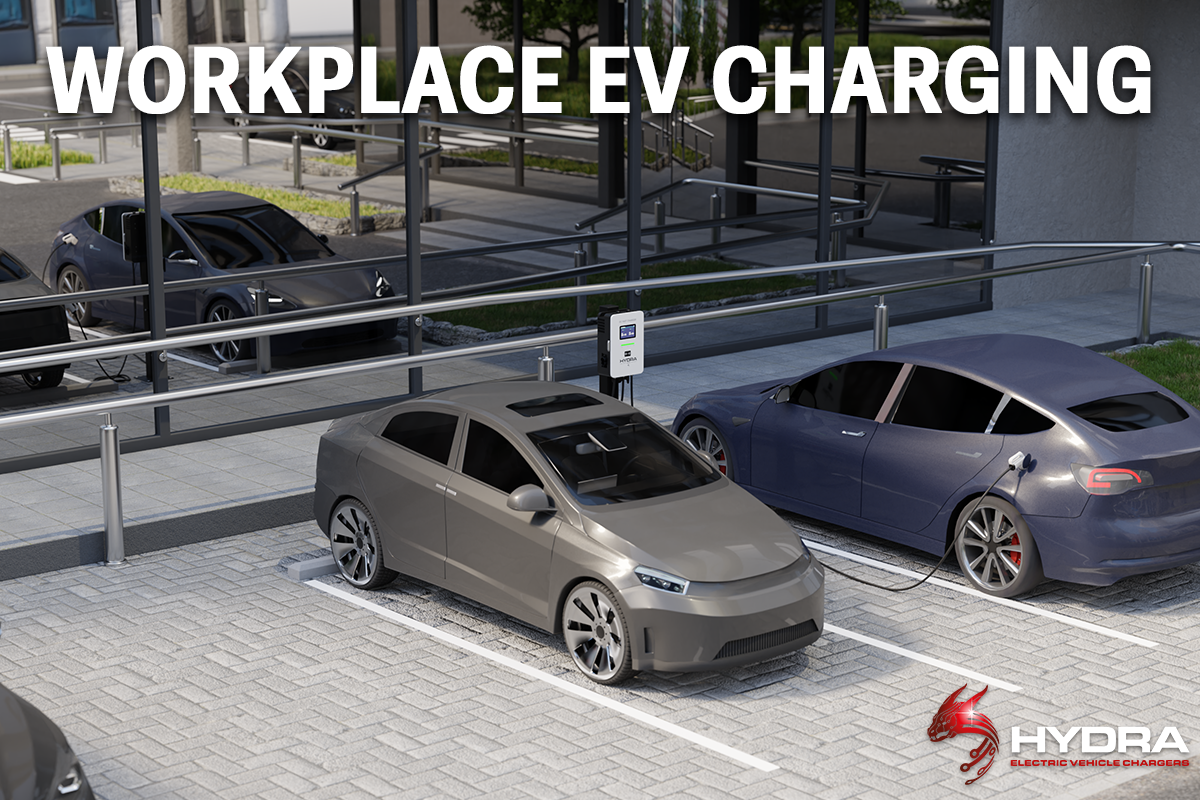We have probably all heard a word or phrase relating to EVs or an area of Electric Vehicle ownership but not been sure exactly what it means. We have put together a list of the most common EV terms and explained what they mean.
| AC | Alternating Current |
| AFV | Alternative Fuel Vehicle |
| Amp | A measurement of an electrical current |
| Bar | A measurement of pressure. One Bar is roughly equal to the air pressure at sea level. Air pressure is often also measured in PSI (pounds per square inch). |
| Battery | A storage device containing electrochemical cells which converts chemical energy to electrical evergy |
| BEV | A Battery Electric Vehicle. Usually refers to a vehicle propelled by 100% electrical energy. |
| BHP | The power of an engine is often measured in Brake Horse Power. This is the notional power generated before any effect from the drivetrain is taken into account. |
| BMS | The Battery Management System. An internal component of an electric vehicle, similar to the ECU, but with the sole purpose of managing and maintaining the battery system. |
| Capacitor | A capacitor stores energy in an electrical circuit. |
| CCID | A Charge Circuit Interrupting Device is a safety device which can disable power to an EV charging cable in the event of a fault. |
| CCS | Combined Charging System is type of Charging plug adopted as the European DC charging standard. |
| CHAdeMO | The Japanese DC rapid charging plug standard. |
| Charge Point | A charging point for electric vehicles |
| Charge Time | The time taken to recharge the battery bank on an Electric Vehicle. Usually refers to the 0% to 100% time when referring to AC charging and 10% to 80% for Rapid DC charging. |
| Charging | The process of replenishing the electric stored in a battery |
| CNG | Compressed Natural Gas – can be used as an alternative fuel source for vehicles, usually large plant or industrial machinery |
| CO2 | Carbon Dioxide is a colourless and odourless gas, occurs naturally in the air but can affect climate. The reduction of CO2 is one of the main areas to reduce climate change. |
| Current | The flow of an electrical charge through a circuit |
| Cycle Life | This refers the number of charges a battery can undertake before a reduction in potential capacity is affected. |
| DC | Direct Current |
| Discharge | The opposite of battery charging. |
| E-Rev | See Range Extender |
| Electric Motor | The engine of an electric vehicle is powered by the electric stored in the battery and provides power to the drivetrain. |
| Electro-magnet | An electrically induced magnetic field is created in a coil of wire as current passes through it. |
| ELV | Electric Light Vehicle weighing less than 250kg, often a quad bike or motorcycle. |
| eLCV | Electric Light Commercial Vehicle is a small commercial vehicle or van. |
| Fast Charge | Refers to any chargepoint able to deliver a higher rate of charge than a standard domestic plug. Usually 3.5kW, 7kW or 22kW. |
| FCV or FCEV | A fuel Cell Electric Vehicle uses a Fuel Cell (see below) to power the motor rather than a battery. |
| Fuel Cell | A device which reacts hydrogen and oxygen to create electricity and water. |
| Flywheel | A flywheel is a heavy rotating device which spins. Often used to smooth the power output from a motor or engine. |
| Hydrogen | An abundant element in the universe it can be manipulated to react with oxygen and generate electrical power. |
| HCU | Home Charging Unit |
| HEV | Hybrid Electric Vehicle (see below) |
| Hybrid | A vehicle which combines an electric battery and motor with an internal combustion engine (petrol or diesel) Power to the drivetrain can come from either source with some Hybrids combining the two. |
| ICE | Internal Combustion Engine (petrol or diesel) Burns fuel to force the pistons to turn the crankshaft and provide rotational power to the drivetrain. |
| ICED | A slang term referring to an ICE vehicle parking in a spot reserved for Electric Charging therefore blocking access to the chargepoint. |
| KERS | Kinetic Energy Recovery System. |
| kW | A Kilo Watt equal to 1,000 watts |
| kWh | Refers to the battery capacity of an electric vehicle. Measured as ower in kW over time (hours) |
| Lead-Acid | A type of battery previously used in vehicles |
| Li-Fe | Lithium-ion, a type of battery |
| Li-Fe | Lithium-Iron, a type of battery |
| Li-S | Lithium Sulphur, a type of battery |
| LiCoO2 | Lithium Cobalt Oxide, a type of battery |
| LiFePO4 | Lithium Iron Phosphate, a type of battery |
| LiPo | Lithium Polymer, a type of battery |
| Memory Effect | A term used for older batteries where the capacity was reduced to the most frequently used level rather than the total potential capacity |
| Mennekes | The name given to the standard 7-pin charging plug and socket, named after the German company of the same name |
| Mild-Hybrid | Differs to a full hybrid in that it uses a much smaller battery system which only briefly provides power to the drivetrain. |
| MPG | Miles Per Gallon, the term used to quantify the efficiency of an ICE vehicle in terms of miles driven per gallon of fuel. |
| National Grid | The UK national grid is the power distribution network which takes electrical energy from the point of generation to the point of use. |
| NiCd | Nickel Cadmium, a type of battery |
| NiMH | Nickel Metal Hydride, a type of battery |
| Nm | The standard term for measuring torque: Newton Metres |
| NOx | Nitrogen Oxide and Nitrogen Dioxide |
| Peak Oil | The term used to describe the maximum amount of oil produced in a year. This was originally stated as 2020, after this date international oil production will decline year on year. |
| PHEV | Plugin Hybrid Electric Vehicle combines a plugin battery and motor system with an ICE. |
| Photovoltaic Cells (PV) | These are the components of a solar panel which convert sunlight to electricity. |
| Power | The measurement of the output of a motor. Often measured in PS (the metric equivalent of BHP) or HP (horsepower). |
| Range | The total distance a vehicle can travel determined by the electricity stored in the battery |
| Range Anxiety | The Term used to describe the fear that an EV does not have the required range for a particular journey. |
| Range Extender | A vehicle where the drivetrain is powered by electricity but has an onboard generator to replenish the battery. |
| Rapid Charge | The next level of charging after Fast Charging. Generally refers to DC charging above 40kWh |
| Regenerative Braking | A method of slowing a vehicle down by limiting the rotation of the motor rather than applying braking force to the wheels. This can momentarily provide power generation to the battery. |
| Renewable Energy | A term used to describe power generated by non-destructive forces such as wind, solar, waves and geo-thermal. |
| RFID | A Radio Frequency Identification Card can be used to unlock a chargepoint and provide charging facilities to an EV. Does not require the use of apps or other contactless payments |
| Single-Phase power | The UK standard of electrical system for domestic properties. Limited to 32 amps and 240v, enough to power a 7kW chargepoint |
| Three-Phase power | The term used for electrical power networks in commercial properties where a higher level of power consumption is expected. Can be used to power an AC chargepoint up to 43kW |
| Torque | The measurement for turning force of an object such as a motor |
| Type 1 | A five-pin plug/socket for charging EVs, most often found in the USA and Japan |
| Type 2 | A seven-pin plug/socket most often found in UK and Europe, see also Mennekes |
| ULEV | Ultra Low Emission Vehicle |
| V2G/V2H | Vehicle to Grid or Vehicle to Home is the term used for powering a domestic property with the electrical power from an electric vehicle or returning the stored electricity to the national grid. |
| ZEV | Zero Emission Vehicle |







